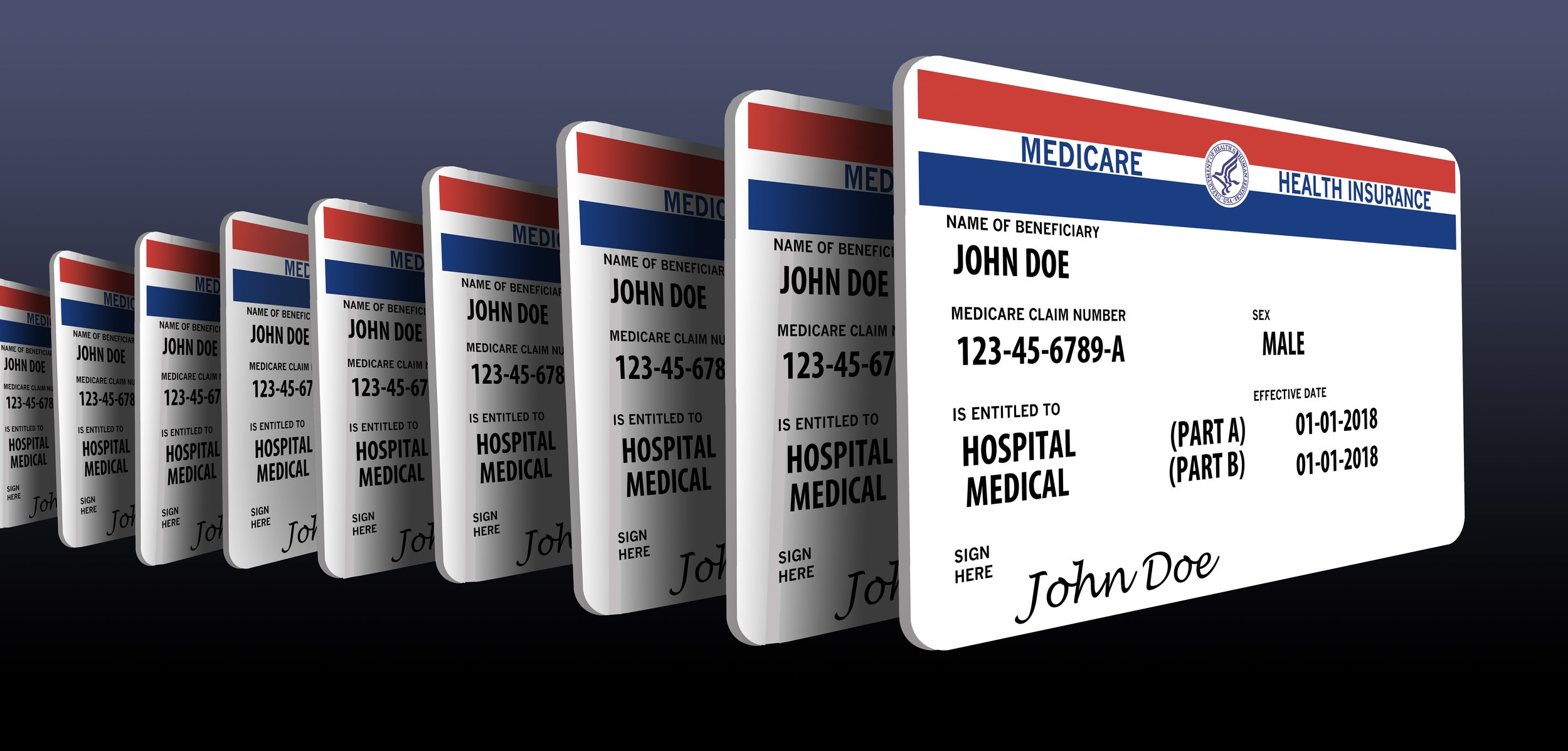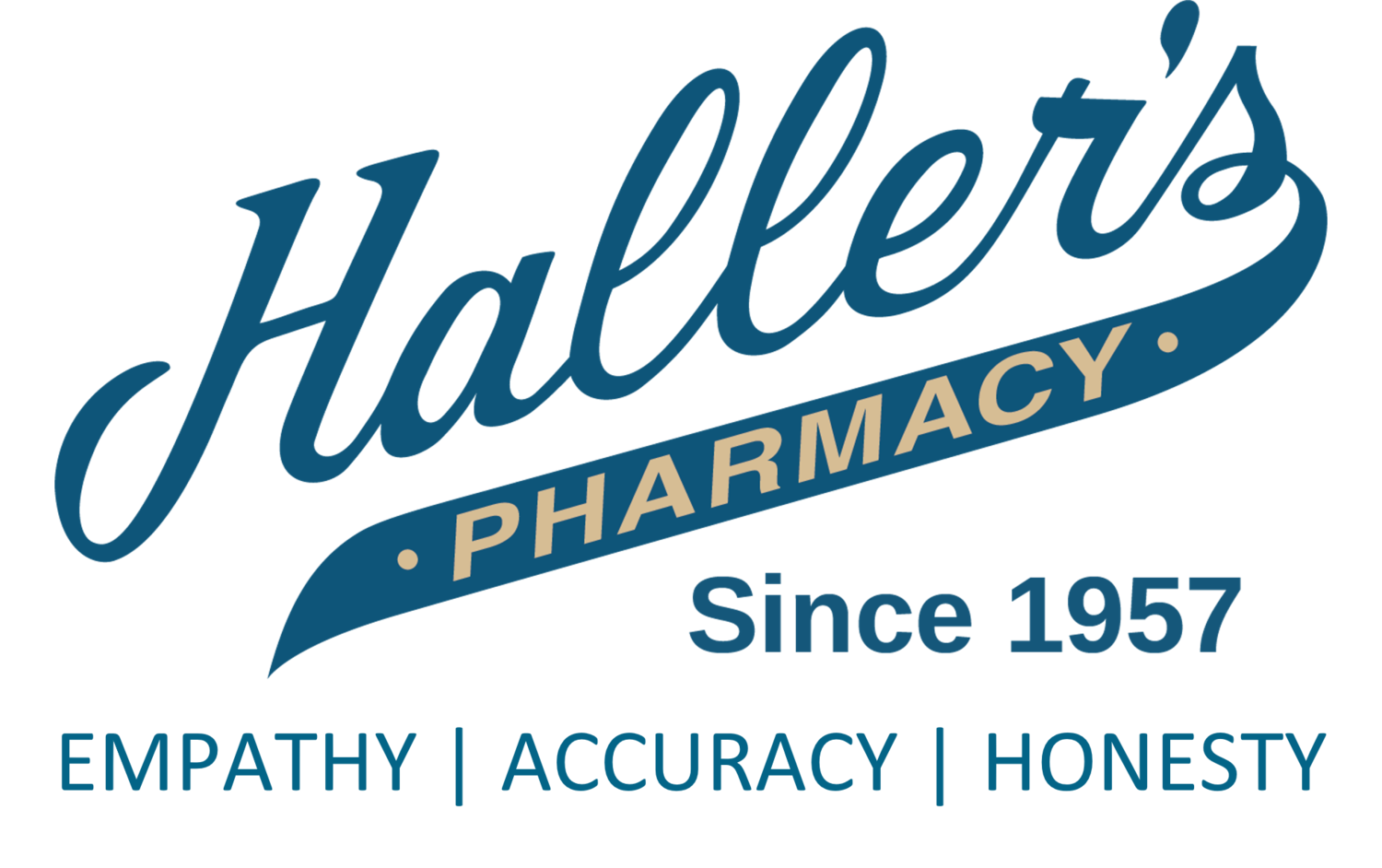
2023 Medicare Part D Changes
Here’s what you need to know about changes to Medicare Part D for 2023.
Specialty drug tier may lower costs
Many Medicare Part D plans place drugs on different “tiers” that determine what percentage patients pay in cost sharing. In 2022, the Centers for Medicare and Medicaid Services (CMS) allowed Medicare Part D plans to implement a lower, “preferred” specialty tier. This means that plans can negotiate with drug makers to get better discounts on specialty-tier drugs in exchange for being listed on the “preferred” tier. Plans can then pass the savings along to patients. If you currently have one or more specialty-tier prescriptions, you may want to look for plans that include your medication on a less expensive, “preferred” specialty tier.
Changes to deductibles, copays, and the Donut Hole
Below are the annual updates to the CMS “Part D Benefit Parameters for Defined Standard Benefit,” which is the minimum amount of coverage that the Medicare Part D plan must provide.
Updates for 2023 include changes to the deductible, initial coverage limits (when you enter the Donut Hole), the TrOOP (when you exit the Donut Hole), and catastrophic coverage copays. However, your individual Medicare Part D plan may offer more-generous benefits, such as a $0 initial deductible and/or fixed copayments.
1. The initial deductible will increase by $25 in 2023, to $505.
This means you’ll pay slightly more before Medicare Part D begins paying its share if you have a plan with the highest possible deductible. After the deductible is met, you pay 25% of covered costs up to the initial coverage limit. Some plans may offer a $0 deductible for lower-cost (Tier 1 and Tier 2) drugs.
2. The initial coverage limit (ICL) will increase from $4,430 in 2022 to $4,660 in 2023.
This means you can purchase prescriptions worth $4,660 before entering what’s known as the Medicare Part D Donut Hole, which has historically been a gap in coverage. Thanks to cost sharing with your Medicare Part D plan and drug manufacturers, being in the Donut Hole isn’t nearly as expensive as it used to be — and exiting it may be easier than you’d think.
While in the Donut Hole, you’ll pay 25% for brand-name drugs. The manufacturer will give you a 70% discount during this time, and your Medicare Part D plan will pick up the remaining 5%.
The 25% you pay, plus the 70% discount from the manufacturer, will count toward your combined TrOOP (see below), which is when you exit the Donut Hole.
For example, if your brand-name drug costs $100, you would pay $25, your Medicare Part D plan would pay $5, and you’d receive a $70 discount from the manufacturer. A total of $95 would count toward meeting your TrOOP.
The situation is different for generic drugs. You still pay 25%, and your Medicare Part D plan covers the other 75%. However, only the 25% you pay counts towards meeting your TrOOP.
If your generic drug costs $100, you would pay $25, your Medicare Part D plan would pay $75, and a total of $25 would count toward meeting your TrOOP.
3. The Medicare Part D true (or total) out-of-pocket (TrOOP) threshold will bump up to $7,400 in 2023, a $350 increase from the previous year.
The true (or total) out-of-pocket (TrOOP) threshold marks the point at which Medicare Part D Catastrophic Coverage begins. Under Catastrophic Coverage, you only pay a small copayment for covered drugs for the rest of the year.
4. Catastrophic coverage copays will cost between $0.20 to $0.50 more in 2023 compared to the previous year.
You will now pay $10.35 for brand-name drugs and $4.15 for generics (or 5% of retail costs, whichever is higher).
To understand more about Medicare Part D changes for 2023 and what they mean for you, talk to one of our pharmacists. Information published here is from https://www.mygnp.com/medicare-part-d/
